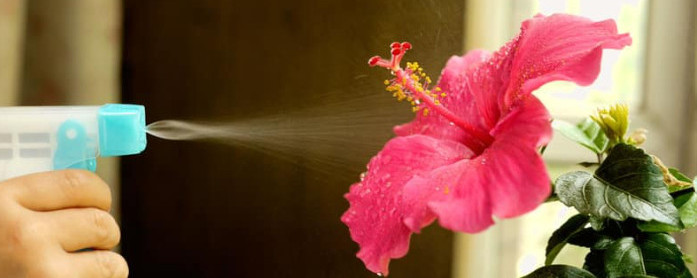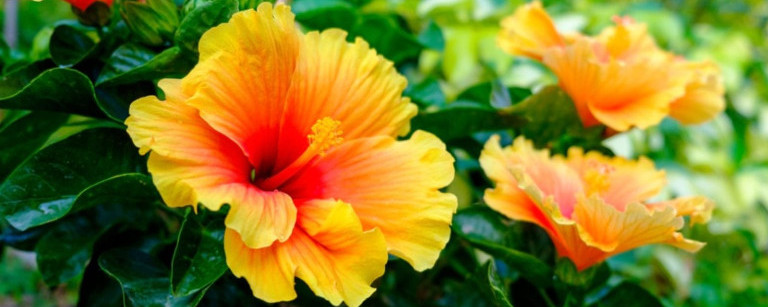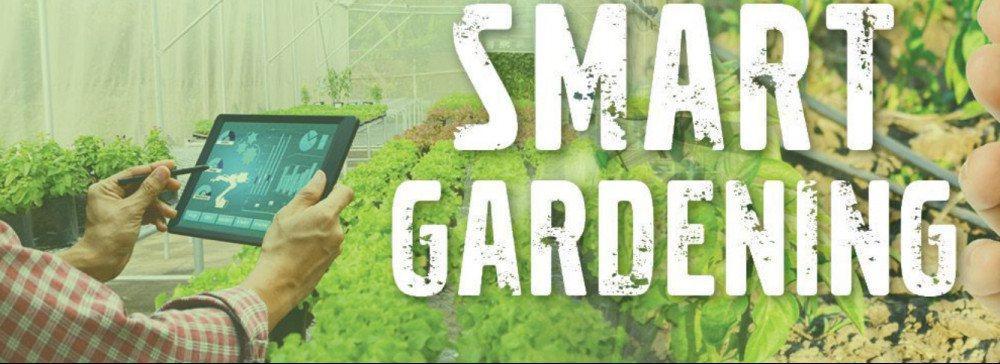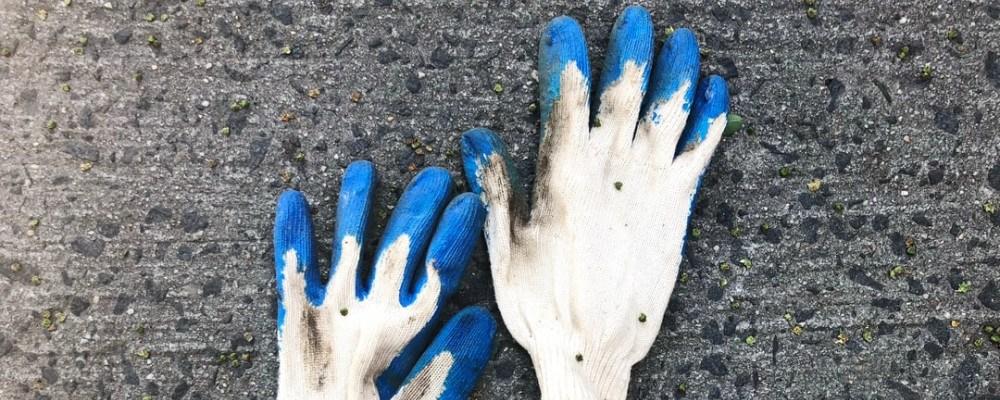Hibiscus Will Brighten Your Garden.
Hibiscus has dinner plate flowers that can brighten up any garden. They come in many varieties, shapes, and sizes, and can be grown in different climates and conditions. Hibiscus is not only beautiful but also useful. You can use their flowers and leaves to make tea, jam, syrup, and other products that have health and culinary benefits. Hibiscus also attracts butterflies and hummingbirds to your garden, creating a lively and natural environment.
In this article, you will learn how to grow and care for hibiscus, as well as how to enjoy their beauty and benefits.
There are many different types of hibiscus, but some of the most common and popular ones are:
- Chinese hibiscus (Hibiscus rosa-sinensis): This is a tropical hibiscus that has large, funnel-shaped flowers that come in a wide array of colors, such as pink, red, yellow, or peach. The flowers can be single or double, and some have multi-colored petals. The leaves are dark green, glossy, and oval-shaped. This hibiscus can grow up to 15 feet tall and 10 feet wide.
- Rose of Sharon (Hibiscus syriacus): This is a hardy hibiscus that can tolerate cold temperatures and grow in USDA zones 5 to 8. It has showy single or double flowers in red, blue, purple, white, and pink hues. The flowers have a prominent yellow center and bloom from summer to fall. The leaves are light green, serrated, and triangular. This hibiscus can grow up to 12 feet tall and 6 feet wide.
- Rose mallow (Hibiscus moscheutos): This is another hardy hibiscus that produces huge, saucer-shaped flowers that can measure up to 12 inches across. The flowers are usually white, pink, or red, with a dark red center. The leaves are dark green, hairy, and heart-shaped. This hibiscus can grow up to 7 feet tall and 4 feet wide.
- Confederate rose (Hibiscus mutabilis): This is a tropical hibiscus that has one of the largest blooms of any hardy perennial; it can be up to one foot in diameter. The flowers are white, pink, or red, and change color throughout the day. The leaves are bright green, lobed, and maple-like. This hibiscus can grow up to 15 feet tall and 10 feet wide.
- Hawaiian hibiscus (Hibiscus arnottianus): This is a tropical hibiscus that is native to Hawaii and has fragrant flowers that are white or pale pink with a crimson center. The flowers are single and have five slightly curved petals. The leaves are dark green, glossy, and oval-shaped. This hibiscus can grow up to 20 feet tall and 15 feet wide
How to Plant Hibiscus
When and Where to Plant Hibiscus.
Tropical hibiscus can be planted either in late spring or early summer. You shouldn’t plant hibiscus before the winter season has passed. Before you contemplate planting, wait until the temperature outside is constantly between 60 and 70 °F (16 and 21 °C). Hibiscus requires full sun to grow their best flowers but can grow in partial sunlight. However, they will not flower as well. They can be planted in the ground or containers, depending on the variety and size of the plant but if planting in a container make sure you have adequate growth space. (Perennial hibiscus can reach heights of up to eight feet and require more space, whereas tropical hibiscus are better suited for containers).
How to Choose and Prepare a Planting Site.
Hibiscus prefers soil that is neutral to slightly acidic, well-drained, and rich in organic matter. You can use a kit or a meter to test the pH of your soil and, if necessary, modify it with lime or sulfur. For perennial hibiscus or Miracle-Gro® Moisture Control® Potting Mix for tropical hibiscus, you can add Miracle-Gro® Garden Soil for Flowers to the soil to boost its quality.
Hibiscus should be planted away from areas that will experience heavy winds to prevent breakage of the long stems. To lower the plants’ height, you can also stake or trim them. The best time to water hibiscus is when they are young and newly blooming. Mulch should be applied all around the plant to help it retain moisture and protect the roots from the cold.
How to Plant Hibiscus from Seeds and Cuttings.
If you wish to grow hibiscus from seed, it is best to sow indoors 12 weeks before the last spring frost date. Soak seeds in very warm water for one hour before sowing. To root a cutting in the spring, cut off a branch that is 5 to 6 inches long and strip off lower leaves. Plant cutting in a pot with a mix of three parts sand and one part peat. Roots should form within a few weeks. Transplant them from the pot into the ground. Plant potted hibiscus plants so that their stems are just at the soil surface. In cold climates, plant the bulbs deeper than you normally would. In warm and soggy climates, plant the bulbs closer to the surface. Plant each hibiscus plant at least 2–3 feet (0.6–0.9 m) away from each other.
How to Care for Hibiscus

How to Water, Fertilize, and Mulch Hibiscus.
Hibiscus plants need frequent watering, especially when young and new. Water them deeply and thoroughly, drenching the plant. The soil should be moist but not soggy. Avoid overwatering, as this can cause root rot.The ideal water temperature for hibiscus plants is 95°F (35°C).
Never spray them with cold water as this could shock the roots and cause the plants to lose their buds and leaves.Hibiscus plants are heavy feeders, so fertilize them regularly to encourage blooming. Use a slow-release, high potash formula, such as rose food, once a month during the growing season. You can also apply a liquid fertilizer every two weeks for a boost of nutrients.
Mulch around the base of the plant to help retain moisture and suppress weeds. Use organic materials such as bark, compost, or straw. Mulching also provides winter protection for the roots of hardy varieties.
How to Prune, Deadhead, and Propagate Hibiscus.
Pruning hibiscus plants helps to shape them, remove dead or diseased branches, and promote more flowering. Prune them in late winter or early spring, before new growth starts. Cut back about one-third of the plant’s height and width, making clean cuts at a 45-degree angle just above a leaf node or bud. Remove any crossing or rubbing branches, as well as any suckers growing from the base of the plant.
Deadheading hibiscus plants means removing the faded or spent flowers to prevent seed formation and encourage more blooming. Hibiscus flowers only last for a day or two, so deadhead them regularly by pinching or snipping off the flower head at the base of the stem. You can also remove any yellowing or damaged leaves at the same time.
Propagating hibiscus plants can be done by taking stem cuttings or by layering. To take stem cuttings, cut a 4-6 inch (10-15 cm) piece of stem from a healthy plant in spring or summer. Remove the lower leaves and dip the cut end in rooting hormone powder. Insert the cutting into a pot filled with moist potting mix and cover it with a plastic bag to create a humid environment. Place the pot in a warm and bright spot, but out of direct sunlight. Keep the soil moist but not wet and check for roots after 4-6 weeks. Once rooted, transplant the cutting into a larger pot or into the garden.
To propagate by layering, bend a low-growing branch of a healthy plant to the ground in spring or summer. Make a small cut on the underside of the branch where it touches the soil and apply some rooting hormone powder. Cover the wounded part of the branch with soil and secure it with a U-shaped pin or a stone. Leave the tip of the branch exposed above the soil. Keep the soil moist and check for roots after 4-6 weeks. Once rooted, cut off the new plant from the parent plant and transplant it into a pot or into the garden.
How to Protect Hibiscus from Pests, Diseases, and Frost.
Hibiscus plants can be affected by various pests and diseases, such as aphids, whiteflies, spider mites, mealybugs, scale insects, fungal infections, bacterial infections, and viral infections. To prevent these problems, keep your plants healthy by providing adequate water, fertilizer, light, and air circulation. Inspect your plants regularly for any signs of damage or infestation and treat them promptly with appropriate methods such as insecticidal soap, neem oil, fungicide, or pruning. You can also use natural predators such as ladybugs or lacewings to control some pests.
Hibiscus plants are sensitive to frost and cold temperatures. Tropical varieties are not hardy at all and need to be brought indoors before the first frost in fall. Keep them in a bright and warm spot indoors until spring, when you can gradually acclimate them to outdoor conditions again. Hardy varieties can survive some frost but may need some extra protection in colder zones. You can cover them with frost cloth or burlap on cold nights or wrap their stems with insulation material such as bubble wrap or foam. You can also move them to a sheltered location such as near a wall or under a tree.
How to Enjoy Hibiscus
How to Harvest and Use Hibiscus Flowers and Leaves.
Hibiscus flowers and leaves can be harvested from the plant when they are fresh and vibrant. You can use a sharp pair of scissors or a knife to cut the stems just below the flowers. Remove any leaves or stems that you don’t need. Rinse the flowers and leaves gently to remove any dirt or insects.
To use the hibiscus flowers and leaves, you can either dry them or use them fresh. Drying them will preserve them for longer and allow you to make tea, powder, or other products. To dry them, you can spread them on a baking sheet or a rack and place them in a warm, dry, and dark place for several days until they are crisp. You can also use an oven or a dehydrator to speed up the process.
To use the fresh hibiscus flowers and leaves, you can enjoy them in salads, smoothies, cocktails, or as garnishes. You can also make juice, vinegar, or dye with them. The flowers have a tart and fruity flavor, while the leaves have a mild and grassy taste.
How to Make Hibiscus Tea, Jam, Syrup, and Other Products.
Hibiscus Tea.
Hibiscus tea is one of the most popular ways to enjoy hibiscus. It has a refreshing and tangy taste that can be enjoyed hot or cold. To make hibiscus tea, you will need dried or fresh hibiscus flowers, water, sugar or honey, and lemon juice (optional). Here are the steps:
- Boil some water in a pot and add the hibiscus flowers. Use about one tablespoon of dried flowers or two tablespoons of fresh flowers per cup of water.
- Simmer the mixture for about 15 to 20 minutes until the water turns a deep red color.
- Strain the liquid and discard the flowers.
- Add sugar or honey to sweeten the tea according to your preference. You can also add some lemon juice to enhance the flavor and color.
- Enjoy your hibiscus tea hot or let it cool down and refrigerate it for later.
Hibiscus Jam.
Hibiscus jam is another delicious way to use hibiscus flowers. It has a bright and floral flavor that goes well with bread, toast, pancakes, or yogurt. To make hibiscus jam, you will need dried or fresh hibiscus flowers, water, sugar, lemon juice, and pectin. Here are the steps:
- Boil some water in a pot and add the hibiscus flowers. Use about one cup of dried flowers or two cups of fresh flowers per four cups of water.
- Simmer the mixture for about 30 minutes until the water is reduced by half.
- Strain the liquid and measure it. You should have about two cups of hibiscus juice.
- Return the juice to the pot and add an equal amount of sugar (two cups), four tablespoons of lemon juice, and one packet of pectin.
- Bring the mixture to a boil and cook for about 10 minutes until it thickens.
- Transfer the jam to sterilized jars and seal them. You can store them in the refrigerator for up to three weeks or in the freezer for up to six months.
Hibiscus Syrup.
Hibiscus syrup is a versatile ingredient that can be used to sweeten drinks, desserts, or sauces. It has a rich and syrupy texture that adds a burst of color and flavor to any dish. To make hibiscus syrup, you will need dried or fresh hibiscus flowers, water, sugar, lemon juice (optional), and vanilla extract (optional). Here are the steps:
- Boil some water in a pot and add the hibiscus flowers. Use about one cup of dried flowers or two cups of fresh flowers per four cups of water.
- Simmer the mixture for about 20 minutes until the water turns a deep red color.
- Strain the liquid and measure it. You should have about three cups of hibiscus juice.
- Return the juice to the pot and add two cups of sugar. You can also add some lemon juice or vanilla extract for extra flavor if you like.
- Bring the mixture to a boil and cook for about 15 minutes until it becomes thick and syrupy.
- Transfer the syrup to a bottle or jar and let it cool down completely before using it. You can store it in the refrigerator for up to two months.
Other products that you can make with hibiscus include vinegar, powder, dye, soap, lotion, and more. You can find many recipes and tutorials online for these products.
How to Attract Butterflies and Hummingbirds with Hibiscus.
Hibiscus is not only a beautiful and useful plant for humans, but also a great attraction for butterflies and hummingbirds. These pollinators love the bright colors, sweet nectar, and tubular shape of the hibiscus flowers. To attract butterflies and hummingbirds with hibiscus, you can follow these tips:
- Plant hibiscus in a sunny spot with good drainage and plenty of space. Hibiscus can grow up to six feet tall and wide, so make sure they have enough room to thrive.
- Choose hibiscus varieties that have red, pink, or orange flowers. These colors are more appealing to butterflies and hummingbirds than white or yellow flowers.
- Water and fertilize your hibiscus regularly to keep them healthy and blooming. Hibiscus needs plenty of water and nutrients to produce flowers that are rich in nectar.
- Prune your hibiscus after the flowering season to encourage new growth and more flowers. Hibiscus blooms on new wood, so cutting back the old stems will stimulate new ones.
- Avoid using pesticides or insecticides on your hibiscus or nearby plants. These chemicals can harm or kill the butterflies and hummingbirds that visit your hibiscus. Instead, use natural methods to control pests and diseases.
- Provide other sources of food, water, and shelter for butterflies and hummingbirds in your garden. You can plant other nectar-rich flowers, such as salvia, zinnia, bee balm, or crocosmia. You can also set up a birdbath, a feeder, or a nest box for hummingbirds.
Conclusion.
Hibiscus will put a smile on your face in many ways. Whether it is from appreciating its majestic colors in the garden or sipping a cup of hibiscus tea with homemade bread and hibiscus jam. This beautiful plant should be on your shopping list next time you visit your nursery.
Steve
Some links on this site may be affiliate links, and if you purchase something through these links, I will make a commission on them. There will be no extra cost to you and, you could actually save money. Read our full affiliate disclosure here.




